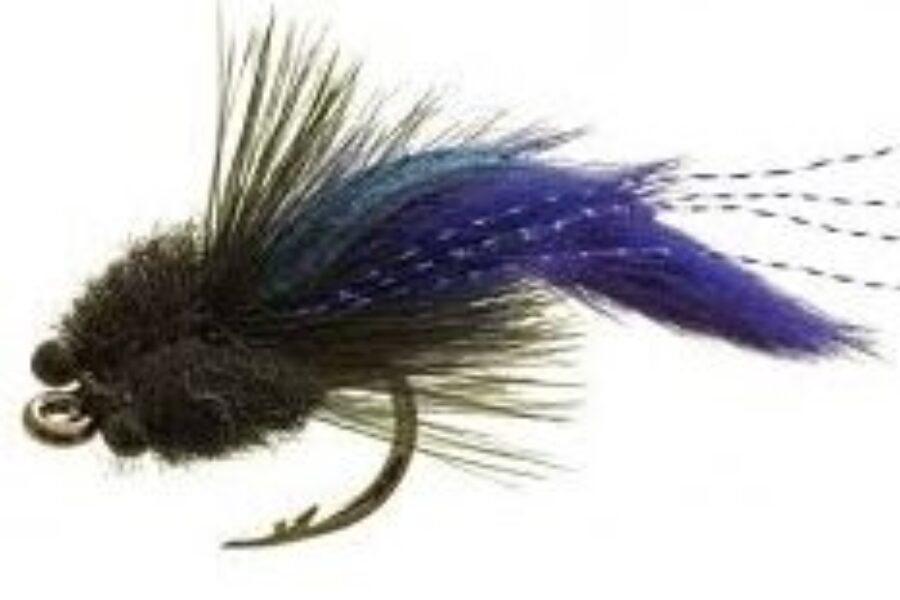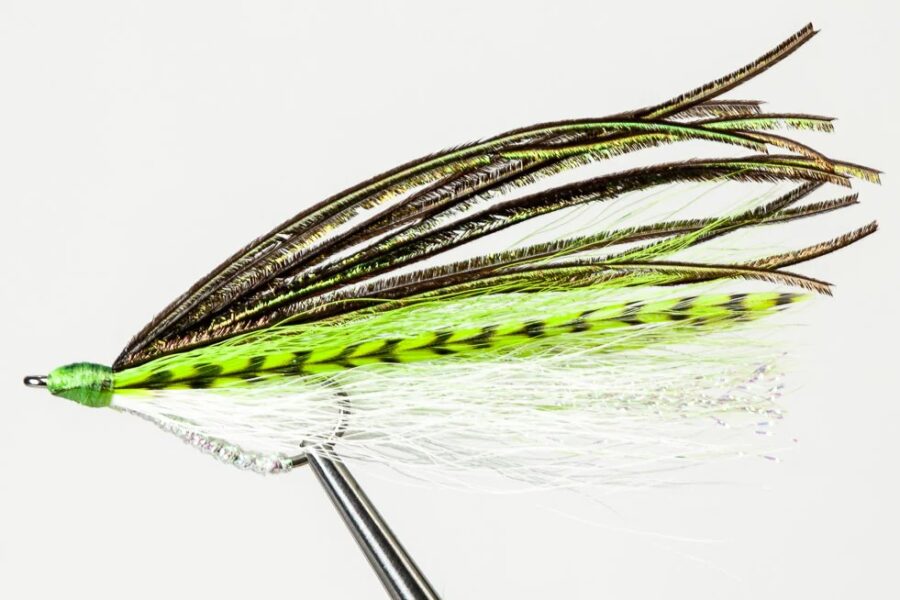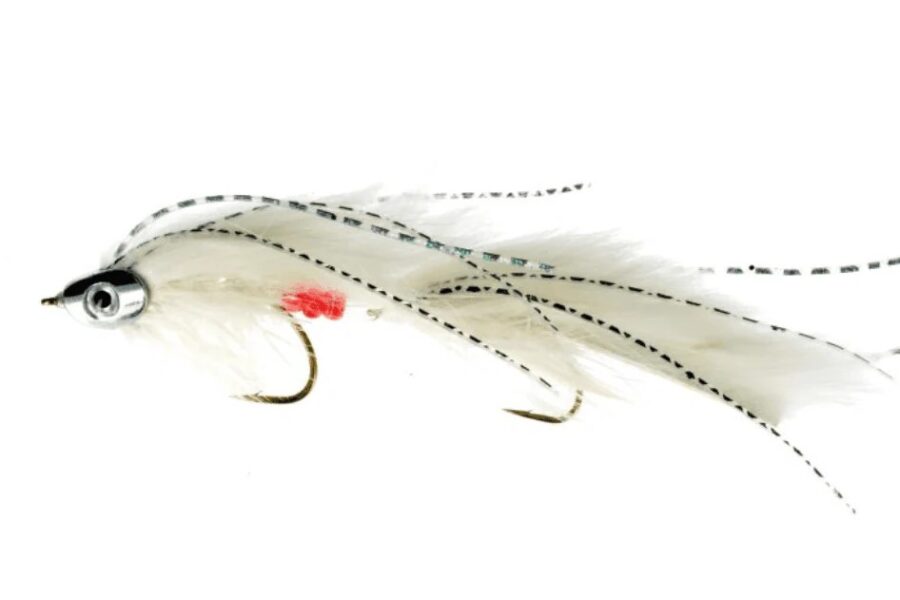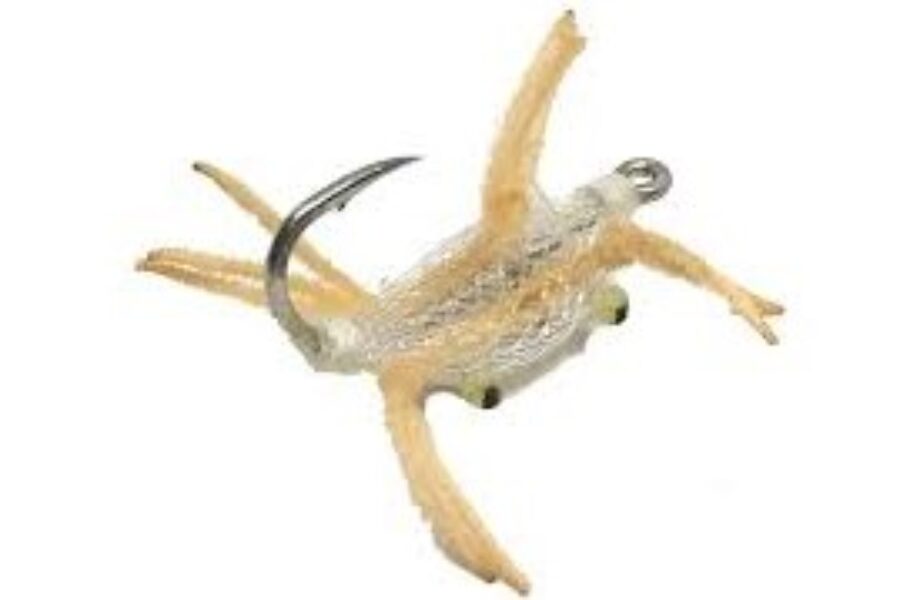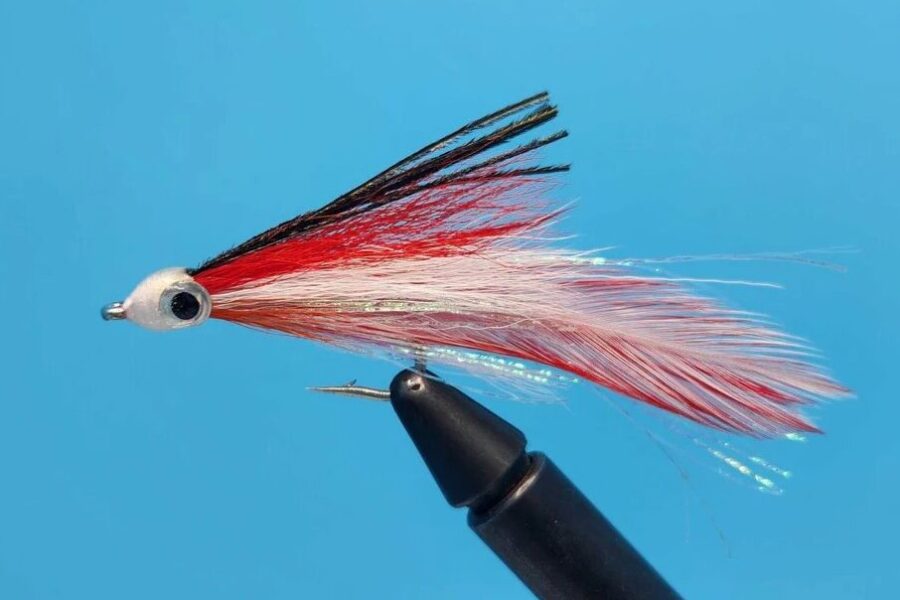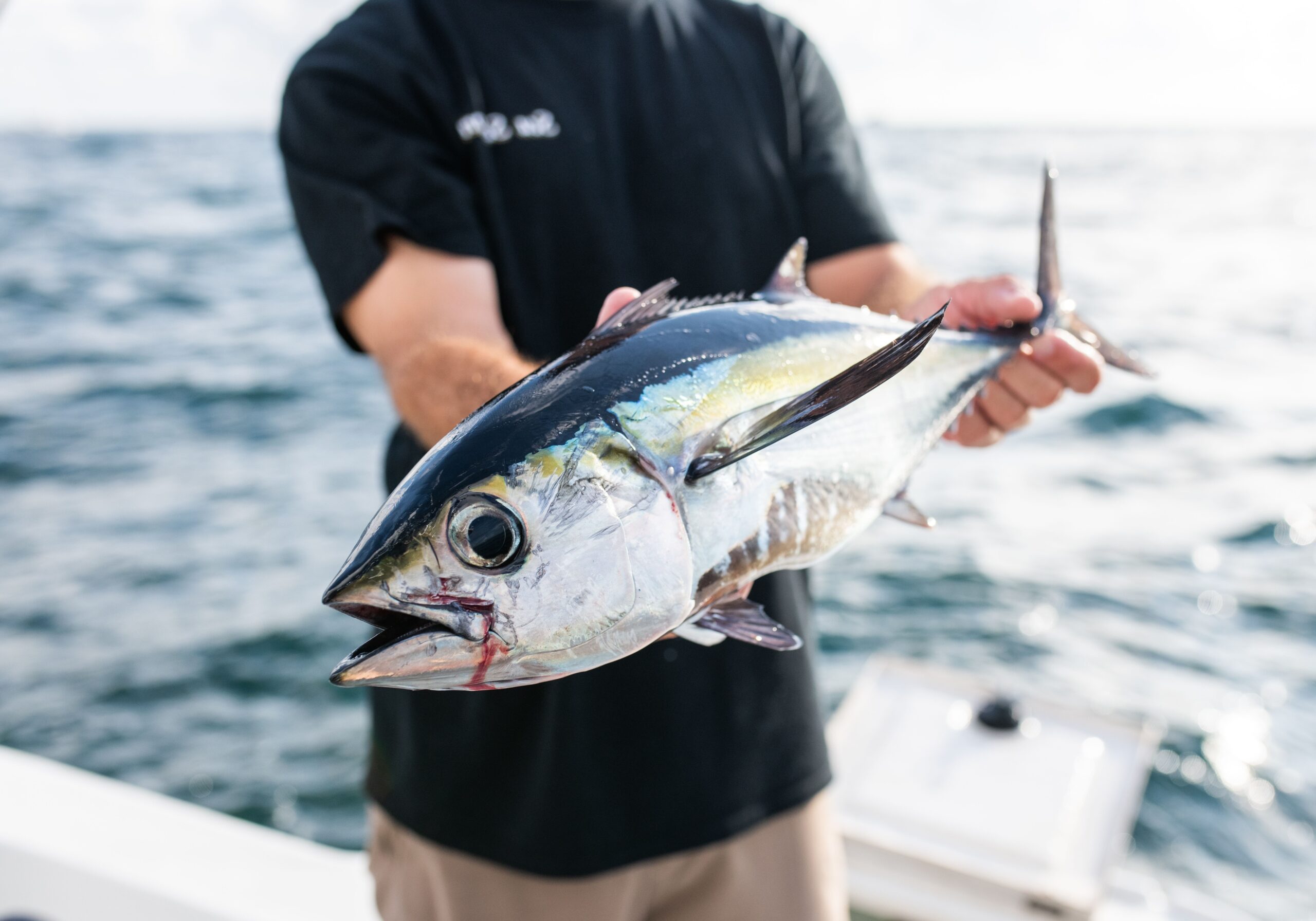An anglers guide to successful fishing
Introduction to Fishing
Fishing is a rewarding hobby that anyone can learn and enjoy. Whether you prefer fishing from a boat, on a pier, or right on the beach, you can tailor the experience to suit your preferences and thoroughly enjoy your time on the water. This comprehensive guide will help demystify fishing techniques and make you more confident in your angling abilities.
Getting Started Successfully
Thoughtful Equipment Selection
Before you embark on your fishing adventure, it’s crucial to select the appropriate gear for your specific fishing style. As a beginner, focus on reliable but budget-friendly equipment that matches your experience level. Remember that expensive gear doesn’t guarantee better results – proper technique and understanding are far more valuable at this stage.
Fundamental Fishing Techniques
Understanding basic techniques like bait preparation can significantly improve your success. For example, when bottom fishing with shad, trimming the tail creates an enticing scent trail that attracts fish. Similarly, mastering the use of sinkers becomes essential in cold weather fishing, where proper weight selection helps maintain ideal bait position.
Essential Preparation
Weather Awareness and Safety
Successful fishing begins with proper planning. Always review weather forecasts before your trip and bring a portable radio to stay informed of changing conditions. This preparation helps ensure both safety and better fishing outcomes.
Equipment Readiness
A well-maintained tackle box should include essential tools like a sharp, high-quality knife. Think of your knife as a fundamental tool that serves multiple purposes – from cutting line to preparing your catch. Quality tools make every aspect of fishing more enjoyable and efficient.
Mastering Core Techniques
The Art of Knot Tying
Understanding knot basics is crucial for fishing success. A simple yet effective technique is wetting your fishing line before tying knots. This reduces friction during the tying process, resulting in a stronger connection that won’t fail when you’re fighting a big catch. Think of it as giving your knot the best possible chance to hold under pressure.
Proper Fish Fighting Techniques
When targeting species like bass that are known for their fighting spirit, proper drag setting becomes essential. Think of drag as a brake system – too tight, and the line might snap; too loose, and you’ll lose control. Finding the right balance allows you to tire the fish gradually while maintaining control throughout the fight.
Conservation and Responsible Fishing
Mindful Catch and Release
Practicing catch and release isn’t just about letting fish go – it’s about ensuring their survival. Consider the fish’s well-being during the entire process. A prolonged fight exhausts the fish and reduces its survival chances, so aim to land them efficiently. This approach helps maintain healthy fish populations for future generations.
Environmental Stewardship
By releasing smaller fish or those we don’t plan to keep, we contribute to the ecosystem’s health. Think of it as an investment in future fishing experiences – today’s released fish become tomorrow’s trophy catches.
Fish Preparation Skills
Efficient Cleaning Methods
Learning to clean fish properly is like developing any other skill – it takes practice and patience. Understanding the proper techniques not only improves the quality of your catch but also shows respect for the resource by minimizing waste.
Family Fishing Adventures
Teaching Children Safely
Introducing children to fishing requires a balance of safety and engagement. While they shouldn’t bait hooks themselves, involving them in bait selection teaches them about fish behavior and preferences. This creates a learning opportunity while maintaining safety.
Creating Enjoyable Experiences
Remember that children’s attention spans differ from adults’. Pack snacks, drinks, and alternative activities to keep the experience positive. Think of it as creating future fishing enthusiasts rather than just focusing on catching fish.
Location Strategy
Finding Prime Fishing Spots
Successful fishing often depends on understanding fish habitat. Look for structure in the water – submerged logs, weed beds, or drop-offs act like fish highways and homes. Learning to read these underwater features dramatically improves your chances of success.
Understanding Water Dynamics
When fishing from shore, factors like tides and current patterns become crucial. Think of water movement as a roadmap showing where fish are likely to feed and rest.
Mental Approach to Fishing
Cultivating Patience
Fishing success isn’t just about technique – it’s about developing the right mindset. Even experienced anglers face slow days. Use these moments to observe nature, refine your techniques, and appreciate the peaceful environment.
Building Experience
Each fishing trip, regardless of the catch, provides valuable learning opportunities. Pay attention to what works and what doesn’t, and adjust your approach accordingly.
Concluding Your Fishing Experience
Proper Fish Handling
Whether keeping or releasing your catch, proper handling is crucial. For kept fish, proper storage maintains quality. For released fish, gentle handling ensures they return to fight another day.
By following these guidelines while maintaining an open mind to learning, you’ll develop into a more skilled and responsible angler. Remember that fishing combines art and science – while technical skills matter, the joy of the experience makes every trip worthwhile. Each outing builds your expertise and deepens your connection with nature, making fishing a truly rewarding pursuit.

